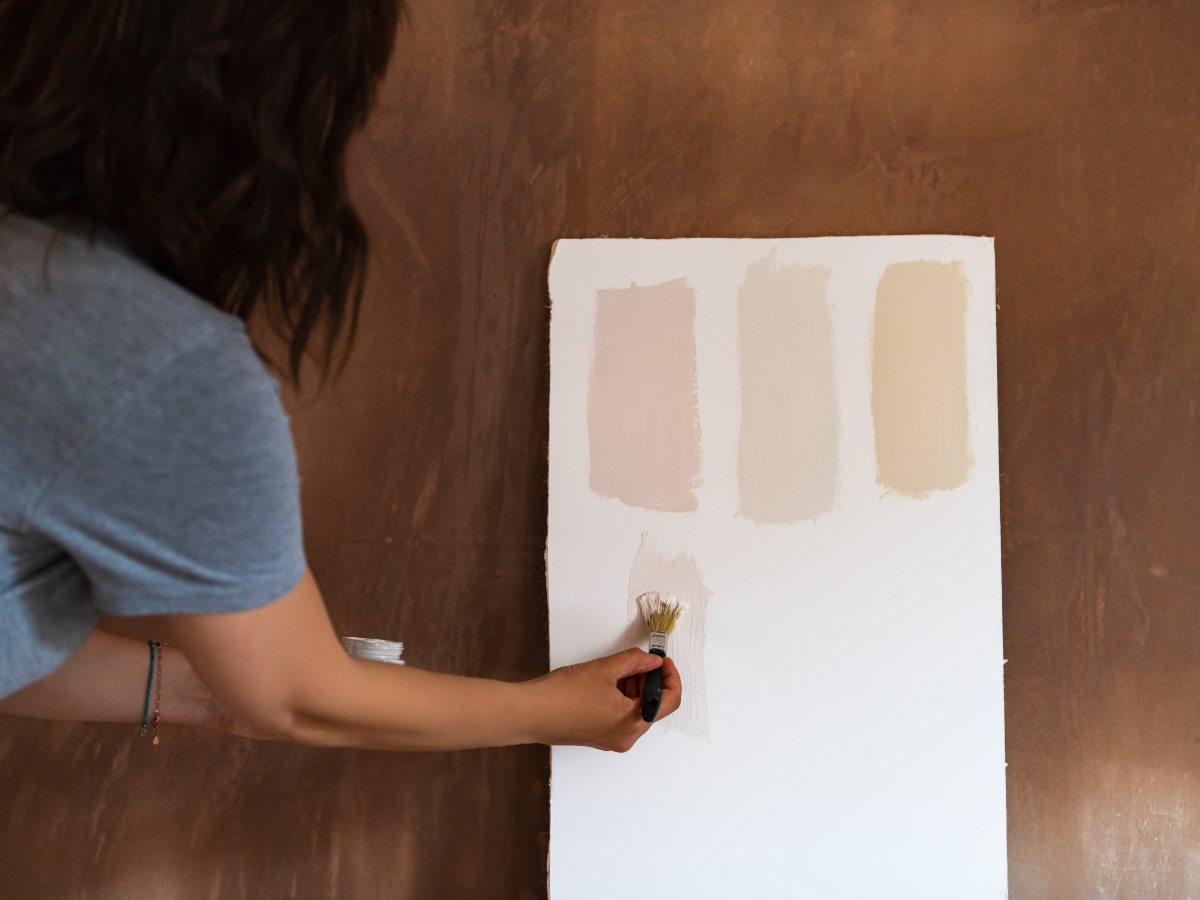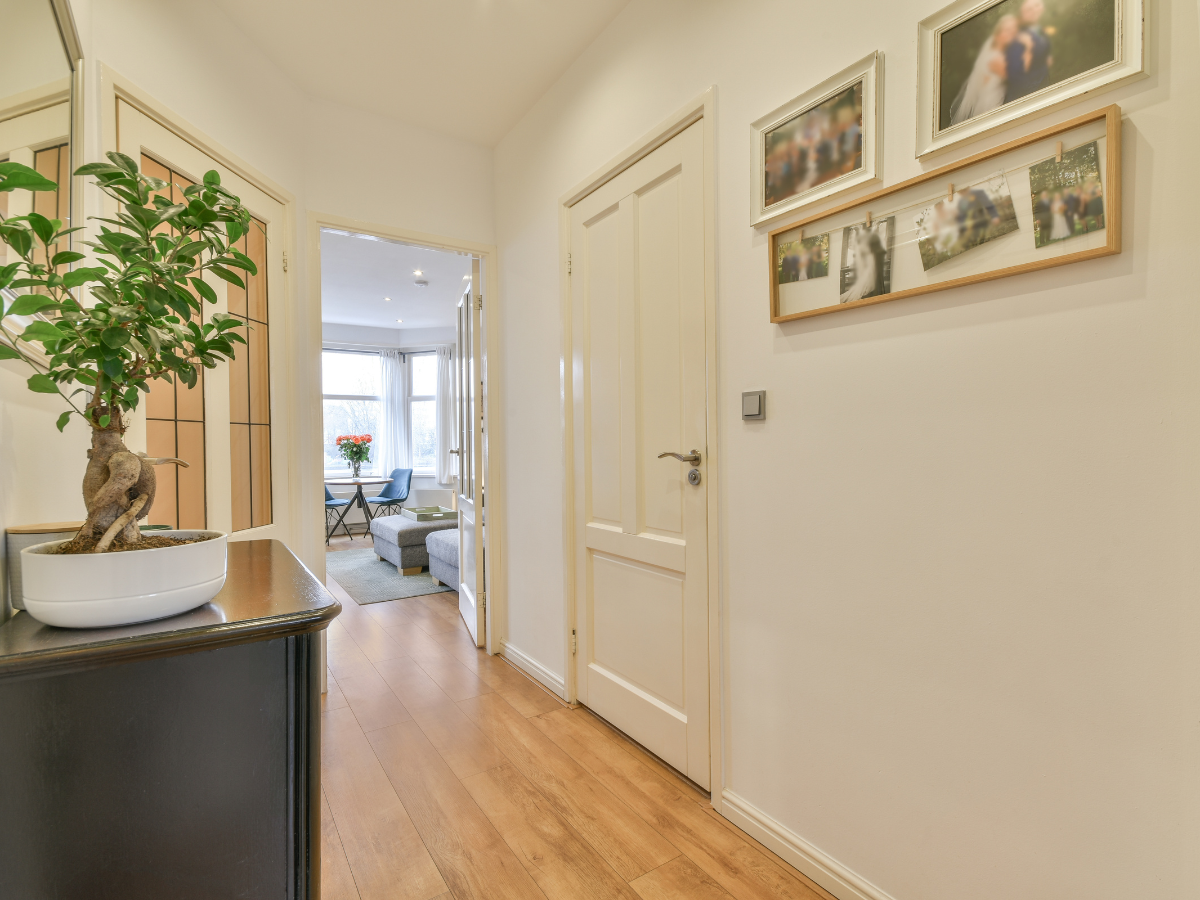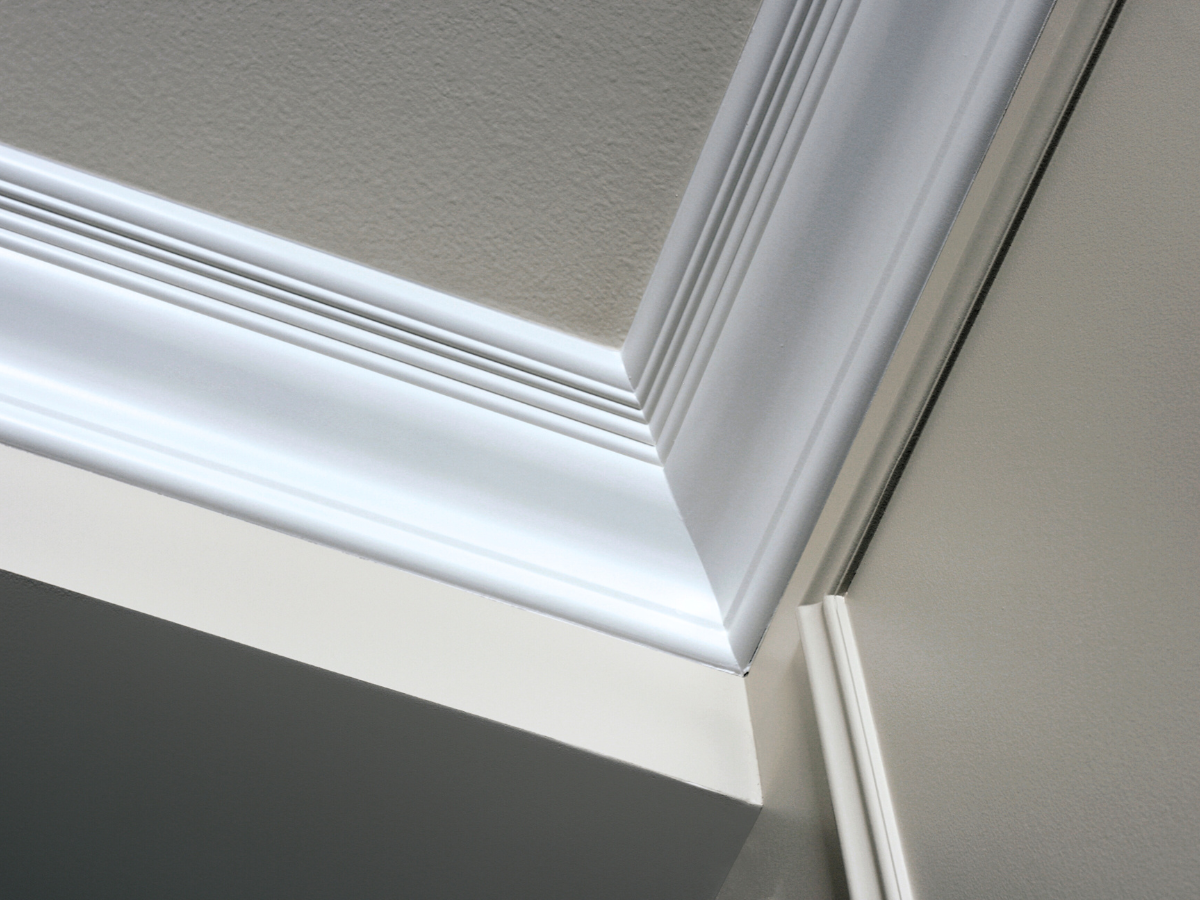A Beginner’s Guide to the Different Types of Paint Finishes
When most people start a painting project, color tends to take center stage in the planning process. While choosing the perfect color is important, there’s another decision that plays a major role in the final look and longevity of your project: the type of paint finish you use.
The difference between the types of paint finishes isn’t just about the look, since they all offer their own levels of durability, light reflection, and texture. Understanding the characteristics of each one can help you choose the right finish for every surface in your home, whether you’re updating a small bathroom or freshening up a hallway that sees a lot of traffic.
This beginner’s guide will cover the different types of paint finishes, explain their benefits, and offer suggestions for where each one performs best.
Why Paint Finish Matters
The paint finish, also referred to as the sheen, affects how a painted surface looks, feels, and holds up over time.
The type you choose can influence:
Durability: How well the paint resists scuffs, moisture, and everyday wear
Aesthetic: The amount of shine or softness on the surface
Practicality: How easy the surface is to clean and maintain
Let’s take a closer look at each finish, from the most matte to the most reflective.
Flat or Matte
Flat (or matte) paint finish has a slight amount of shine, if any, and creates a non-reflective surface, often used to conceal surface imperfections.
Use flat paint in areas where appearance matters more than washability.
Best for:
Ceilings
Adult bedrooms or guest rooms
Low-traffic living spaces
Walls with uneven texture or visible flaws
Advantages:
Excellent at hiding scuffs and other imperfections
Provides a smooth, elegant look
Easy to touch up without having issues with blending
Considerations:
Less durable than the other finishes
Can stain or scuff easily
Not ideal for moisture-prone or high-traffic areas
Eggshell
Eggshell has a soft, velvety sheen, just enough to reflect a bit of light without appearing shiny. It’s a popular go-to for interior walls thanks to its balance of durability and style.
Eggshell is a safe and attractive choice if you want a subtle finish that’s easy to live with.
Best for:
Living rooms
Hallways
Dining rooms
General-use bedrooms
Advantages:
More washable than matte finishes
Hides minor flaws while providing a touch of luster
Suitable for moderately used spaces
Considerations:
Doesn’t hold up well in high-moisture or high-use areas
Can show scuffs and other imperfections over time
Satin
Satin finishes strike a satisfying balance between softness and durability. With an easy-to-clean surface, this type of finish works well in active households.
Use satin where life happens- it holds up without sacrificing style.
Best for:
Kitchens and bathrooms
Children’s bedrooms
Hallways and entryways
Woodwork and trim
Advantages:
Durable and easy to wipe clean
Resists moisture better than lower-sheen finishes
Great for busy areas and family homes
Considerations:
Can highlight surface imperfections
Brush or roller marks can be more visible
Semi-Gloss
Semi-gloss finishes have a noticeable shine and a smooth, sleek surface appearance. It’s ideal for areas that need frequent cleaning or extra moisture resistance.
Use semi-gloss to draw attention to details like trim or paneling; you can count on it to withstand regular cleaning.
Best for:
Trim, doors, and cabinetry
Kitchens and bathrooms
Utility or laundry rooms
Window and door frames
Advantages:
Highly durable and easy to clean
Moisture-resistant
Great for highlighting architectural details
Considerations:
Can emphasize surface flaws and application marks
Requires careful prep and application for the best results
High-Gloss
High-gloss is the most reflective of all paint finishes, causing a glass-like appearance. It’s less common for walls, but it's great for decorative or functional accents.
Use high-gloss sparingly to make details pop. It’s bold, beautiful, and built to last- just make sure you put time into your prep work.
Best for:
Furniture
Doors
Trim and moulding
Accent features
Advantages:
Extremely durable
Resists moisture, dirt, and wear and tear from regular cleaning
Makes surfaces stand out
Considerations:
Unforgiving- it highlights every dent and brushstroke
It can be difficult to apply evenly
Often requires multiple coats and a smooth base
Choosing The Right Finish For Your Space
Selecting the right finish requires you to ask a few questions before you commit:
How much traffic does the area see?
Will the surface need regular cleaning?
Am I trying to hide imperfections or highlight details?
What kind of mood or visual effects am I aiming for with this project?
Once you understand the differences between the types of paint finishes, it’s much easier to make a confident and well-informed choice.
Final Thoughts
Differentiating between the different types of paint finishes can help improve your project, influencing how your space feels and functions. Matching the finish to the surface and its purpose is key to getting a result that looks great and lasts.
Whether you’re starting a full-room refresh or just giving your trim a facelift, Forrest Paint has the products, expertise, and guidance to help you get it done right. If you’re in the Eugene/Springfield area, stop by the store or give us a call- we’re here and happy to help!
Refer to this handy reference sheet when planning your next painting project!








